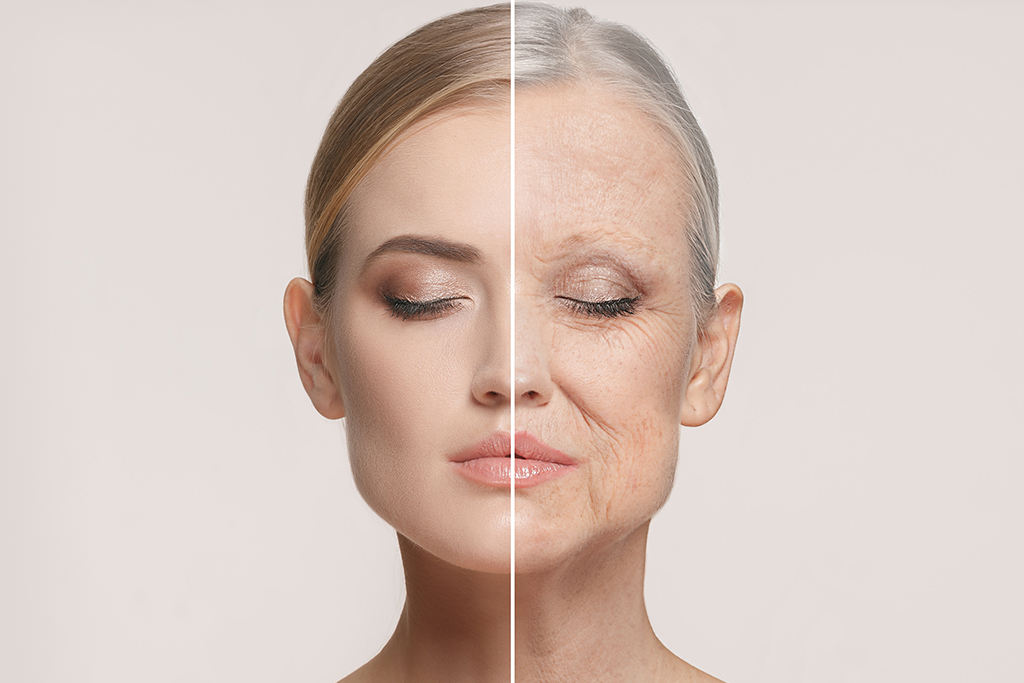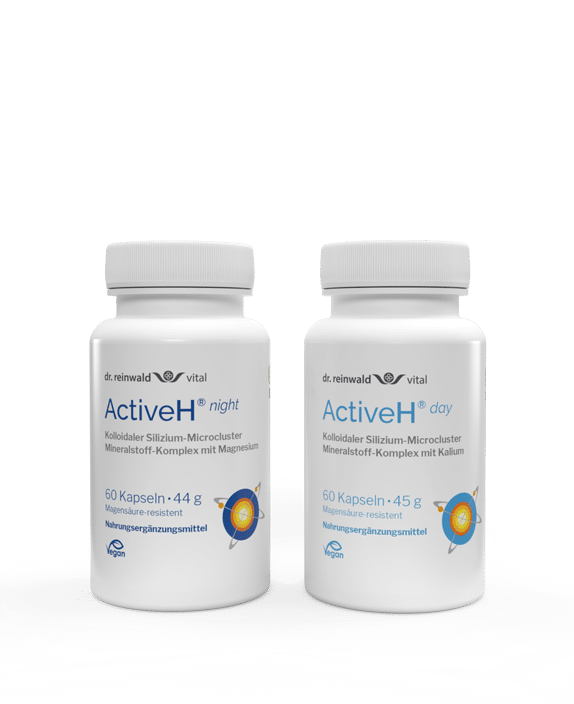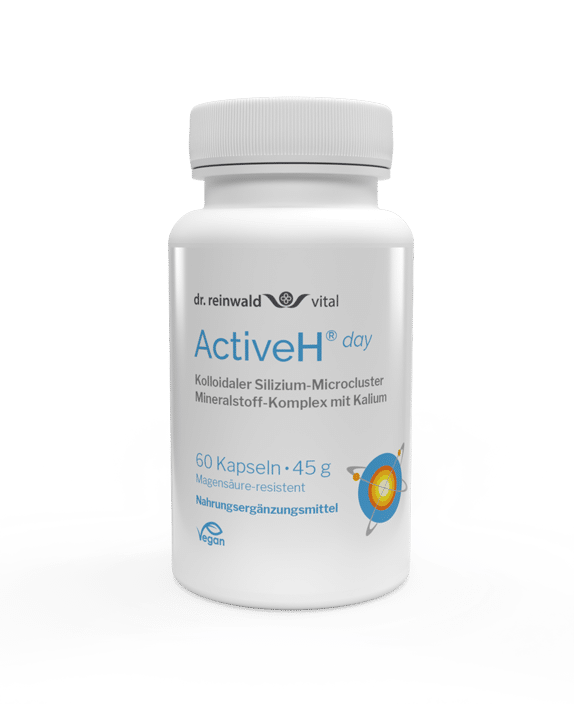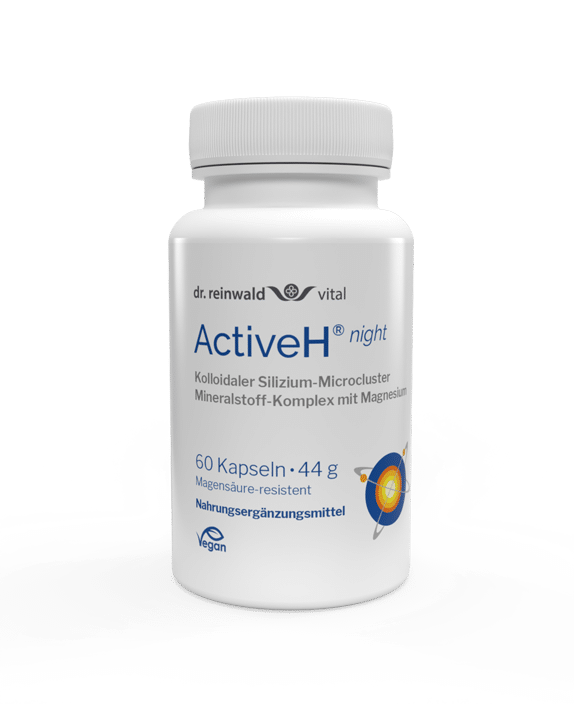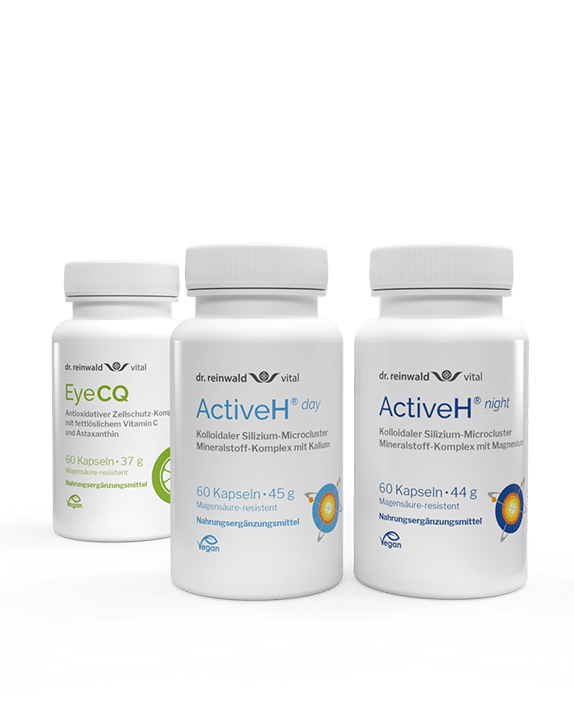The pineal gland – a dazzling clock for the inner clock
Even the ancient Greeks knew about the importance and anatomical location of the pineal gland. While the Greek physician and philosopher Galen held the pine-cone-shaped gland responsible for blood flow, many of his colleagues believed it to be “the first instrument of the soul”.
Even almost 2,000 years later, the fascination for the small gland in the brain has not diminished. It has long since been scientifically proven that it is responsible for the production of the sleep hormone melatonin and is thus an important clock for our physical, mental and spiritual health.
What and where is the pineal gland?
The pineal gland – also called the glandula pinealis or epiphysis – is a so-called endocrine hormone gland in our diencephalon. At only five to eight millimetres, just about the size of a tiny grain of rice, it sits extremely centrally in the middle of the skull and is located at about the same height as the eyes. No wonder it is also called the third eye and has been associated with a higher human consciousness for many millennia. This inner eye is said to enable above all “seeing” on an emotional level.
But its shape is also unusual: it strongly resembles the cone of a stone pine and thus owes its distinctive name to this fruit.
What does the pineal gland do – what tasks does it perform?
Although it is located in the brain, the pineal gland is an important part of the endocrine – i.e. hormonal – system, which in turn controls important bodily processes such as our metabolism, growth or even sexual development. By converting nerve signals into hormone signals, it is on the one hand an important connection point and on the other hand, due to its central location and good blood circulation, it serves as a clock generator for all other glands. In addition, the small power organ has another extremely important function. It is responsible for the production of the sleep hormone melatonin. The state of our sleep-wake rhythm and how well we sleep therefore depends to a large extent on the condition of the pineal gland.

»The shorter you sleep, the shorter you life.«
Matthew Walker, PhD
Sleep researcher at the University of Berkeley
Pineal gland and melatonin production – how does it work?
Simplified, it can be said that our pineal gland converts the hormone serotonin, which it produces during the day, into the sleep hormone melatonin at night. Both are neurotransmitters (the body’s own messenger substances) that act as connection points in all nerve cells of the body. While serotonin is also known as the happiness hormone and stands for relaxation and mood-lifting effects, melatonin regulates our sleep behaviour, the quality of our night’s rest and, of course, how we fall asleep.
It is therefore hardly surprising that our melatonin level peaks especially at night. Between two and three o’clock, the blood concentration is at its highest and steadily decreases when light falls on the retina – even when the eyes are closed. Sleeping in dark rooms is therefore highly advisable for a restful night, as this is the main way in which the depth and quality of our sleep is controlled.
If this sleep-wake rhythm is disturbed and there is a melatonin deficiency, this usually manifests itself in sleep problems as well as exhaustion and fatigue. The result: our biorhythm is out of balance and we also suffer from listlessness and listlessness, difficulty concentrating and low performance. Finally, restful and good quality sleep has an exceptionally strong antioxidant potential. Especially during the nocturnal resting phase, cell damage can regenerate and our body can refuel the necessary energy for the day.
It is therefore not particularly surprising that sleep disorders pose a higher risk of autoimmune diseases and depression, as a long-term Taiwanese study with almost 85,000 participants confirmed in 2003.*
Jungbrunnen Zirbeldrüse?
Ein weiterer spannender Fakt ist, dass insbesondere Anti-Aging-Forscher einen klaren Zusammenhang zwischen nachlassender Zirbeldrüsen-Aktivität und der damit verminderten Melatoninbildung beim Alterungsprozess sehen. Nachvollziehbar, denn wie schon erwähnt, werden Zellschäden vornehmlich in der Nacht repariert und schädliche Freie Radikale mit Antioxidantien wie Melatonin bekämpft. Eine gezielte Melatoninzufuhr als hocheffektives Anti-Aging-Mittel kann beim Wunsch nach Alterungsverzögerung ein durchaus sinnvoller Ansatz sein. Selbstverständlich sollte dies immer auch in Kombination mit einem gesunden Lifestyle praktiziert werden. Eine ausgewogene Ernährung, viel Bewegung, gutes Wasser und natürlich eine positive Grundhaltung sind ebenso wichtig, um dem natürlichen Alterungsprozess die Stirn zu bieten.
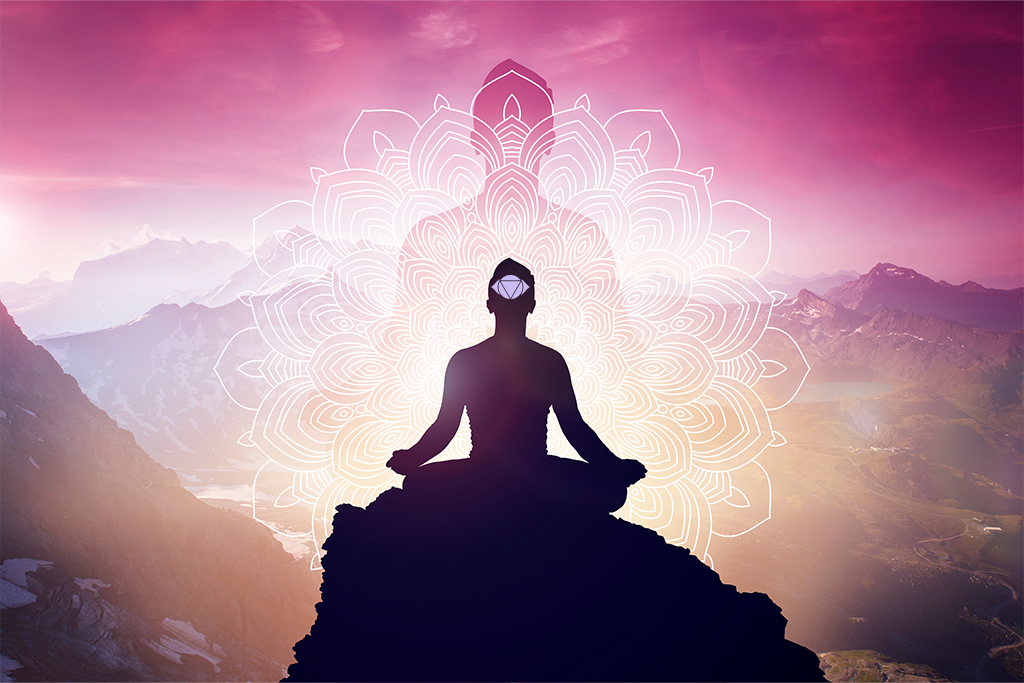
Das dritte Auge: Spiritualität und Zirbeldrüse
Betrachtet man sich die sieben Energiezentren (Chakren) unseres Körpers, so fällt sofort die Form und auch die Position des sog. Stirnchakras auf: In der Mitte des Kopfes und auf Höhe der Augenbrauen sitzt der tannenzapfförmige Energiepunkt. Also genau an der Position unserer Zirbeldrüse, die daher auch als »Auge zu unserer Seele« oder als »Drittes Auge« bezeichnet wird. Sie steht somit als das Tor zu höheren und feinstofflichen Bewusstseinsebenen, die jedoch gezielt durch spezielle Meditationen, hohe Frequenzen sowie einer gewissen inneren Haltung aktiviert werden wollen. Auch die Tatsache, dass unsere Zirbeldrüse im Laufe der Evolution stark geschrumpft ist (von ursprünglichen drei Zentimetern auf winzige fünf bis acht Millimeter) und mittlerweile durch Umwelttoxine, Flourid und unseren »modernen« Lebensstil häufig stark verkalkt ist, soll das mögliche spirituelle Potenzial reduzieren.
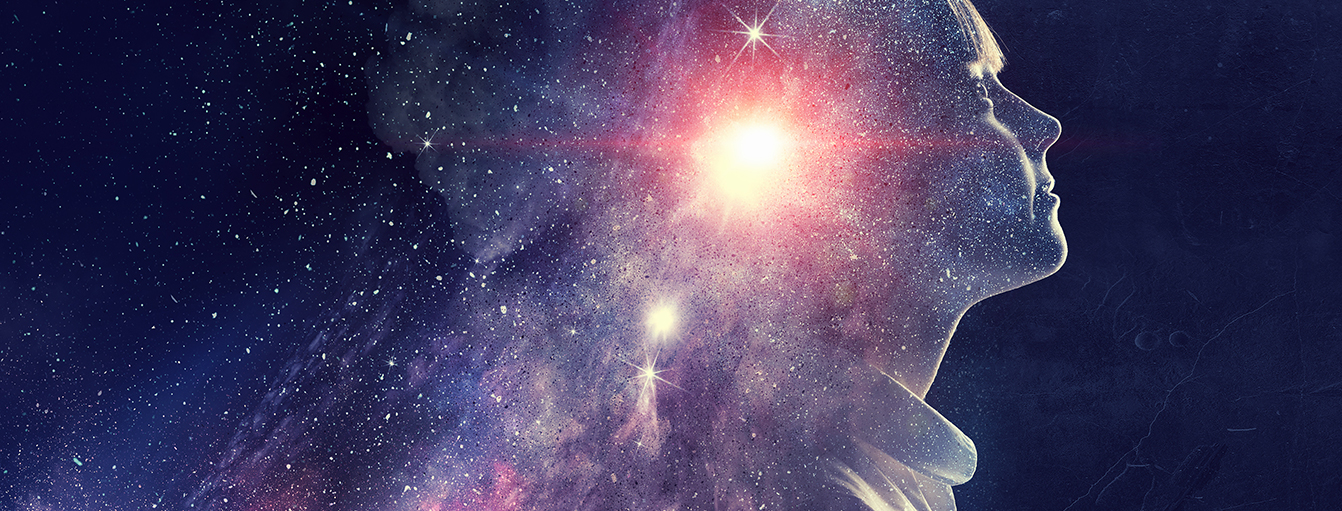
The pineal gland? Headquarters of the soul.
View of René Descartes (1596 – 1650)
French philosopher, scientist and mathematician
Our 8 tips for an active(r) pineal gland
To keep your pineal gland active and producing valuable melatonin, we have put together some helpful tips below.
- Avoid fluoride, because these salts of hydrofluoric acid are the biggest enemy of the pineal gland. This substance is often found in common toothpastes, mouthwashes but also in many mineral waters. Therefore, switch to flouride-free toothpastes and ideally to filtered, pure water.
- Aluminium, mercury, caffeine, tobacco, refined sugar, highly processed foods, soft drinks and radiation fields are also known to promote calcification of the pineal gland. Therefore, try to avoid these substances.
- Effectively support your body’s own detoxification, e.g. with PektiCLEAN®, ChitosaCLEAN colon, PlastiCLEAN® or SulfoCLEAN®. Once pollutants such as heavy metals have been bound and eliminated, your sensitive pineal gland will be happy as well as your entire organism.
- Breathe consciously, deeply and with concentration – ideally as part of a daily meditation. Concentrate consciously on the area between your eyes, i.e. your third eye, and feel into yourself. Relaxation and serenity are valuable for the production of serotonin and melatonin.
- Enjoy the sun’s rays for at least 15 minutes a day without sunglasses! The light energy fires up your pineal gland and stimulates serotonin production.
- Make sure you have a good sleeping environment, such as a darkened room, and avoid using technical devices such as smartphones, tablets, computers and TVs. Unfortunately, backlighting interferes immensely with the production of melatonin.
- Warble and sing to your heart’s content, because the vibrations generated stimulate your pineal gland immensely.
- Add nutrients such as magnesium, but especially boron (borax). In Active H® night you find both ingredients and with the additionally contained selenium you get a trace element that is also important in the elimination of cell-damaging free radicals. Your pineal gland loves these nutrients and rewards you with the production of melatonin.
* Hsiao YH, Chen YT, Tseng CM, Wu LA, Lin WC, Su VY, Perng DW, Chang SC, Chen YM, Chen TJ, Lee YC, Chou KT. Sleep disorders and increased risk of autoimmune diseases in individuals without sleep apnea. Sleep. 2015 Apr 1;38(4):581-6. doi: 10.5665/sleep.4574. PubMed PMID: 25669189; PubMed Central PMCID: PMC4355897. (https://www.ncbi.nlm.nih.gov/pubmed/25669189
